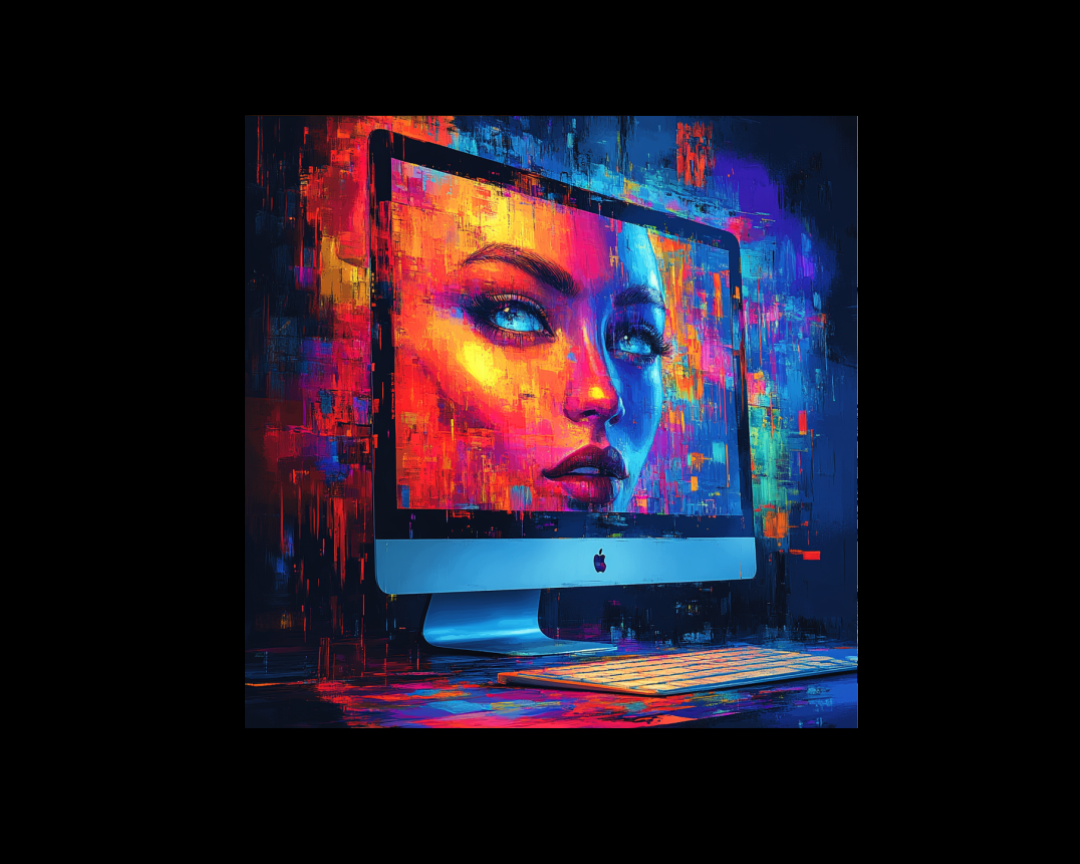Ultimate Guide to Native Advertising
Table of Contents Introduction What is Native Advertising? The Evolution of Native Advertising Types of Native Advertising Native Advertising...
3 min read
 Writing Team
:
Dec 2, 2024 1:29:36 PM
Writing Team
:
Dec 2, 2024 1:29:36 PM

Perplexity, the AI-powered search engine, has officially begun testing advertising in the form of sponsored follow-up questions. This move, which has been rumored since April and anticipated for Q4 2024 (now), marks the company's first foray into ad-supported revenue. U.S. users can see these ads integrated seamlessly into the platform.
Perplexity’s ad format takes a unique approach compared to traditional search engine ads:

This method allows Perplexity to integrate advertising without compromising its commitment to unbiased and accurate information.
Perplexity shared a preview of the ad format, demonstrating how sponsored questions appear adjacent to AI-generated answers. The design prioritizes clarity and objectivity while maintaining an uncluttered user experience.
Perplexity’s Growing User Base
Perplexity processes over 100 million search queries per week, and its audience boasts a high-value demographic:
For advertisers, this presents an opportunity to reach a highly educated and affluent audience. Early adopters of Perplexity’s ad program include Indeed, Whole Foods Market, Universal McCann, and PMG, signaling strong interest from prominent brands.

In a blog post titled "Why We’re Experimenting with Advertising," Perplexity explained its rationale:
"To fully deliver on our mission to spark the world’s curiosity, we need to invest in building not just a beloved product, but a robust and self-sustaining business."
The company emphasized that subscriptions alone are not enough to sustain its rapid growth or support its Publisher Program, which shares revenue with media partners whose content powers its search engine.
Perplexity clarified that advertising is essential for creating a scalable revenue stream that can fund:
Unlike traditional search engines that rely on SEO-driven tactics to boost rankings, Perplexity's approach avoids allowing brands to manipulate content. Instead, it provides a transparent and straightforward ad system that complements the platform’s goal of fostering curiosity.
This advertising model could serve as a blueprint for AI platforms, particularly those grappling with the cost of AI-powered search, which is far more resource-intensive than traditional search.
For Users:
Perplexity promises that ads will not compromise its commitment to unbiased answers. Two core principles guide its ad strategy:
By taking this approach, Perplexity hopes to preserve the trust it has built with users who seek an uncluttered and unbiased search experience.
For Advertisers:
Perplexity’s format represents a new paradigm in digital advertising:
User Reception
Perplexity’s user base includes individuals who may have abandoned platforms like Google due to dissatisfaction with excessive advertising. It remains to be seen whether these users will embrace the new ad model or view it as a compromise of the platform's principles.
Competition
As AI-driven search platforms emerge, Perplexity faces pressure to balance user satisfaction with financial sustainability. The success of its ad model could influence how competitors like OpenAI or Google approach their own advertising strategies.
Perplexity’s move into advertising signals a broader trend in AI-driven search: the need to balance innovation with sustainable revenue models. By experimenting with a transparent, user-focused ad format, Perplexity is positioning itself as a pioneer in rethinking how ads integrate into AI ecosystems.
As Perplexity's Chief Business Officer Dmitry Shevelenko explained, this initiative is about breaking from the traditional search engine mold:
"Our goal is to break the search engine model, which historically has not provided media partners with a revenue share model."
The company’s commitment to sharing ad revenue with publishers and maintaining user trust sets it apart from industry giants like Google. As Shevelenko acknowledged, this approach may impact profit margins in the short term, but it is necessary for long-term success.
Perplexity’s experiment with sponsored follow-up questions offers a glimpse into the future of AI-powered advertising. By prioritizing transparency, user trust, and publisher partnerships, Perplexity is building a framework that could redefine how ads operate in AI ecosystems. Whether this model resonates with users and scales successfully remains to be seen, but it represents a bold step in the evolution of digital search.

Table of Contents Introduction What is Native Advertising? The Evolution of Native Advertising Types of Native Advertising Native Advertising...

Is OpenAI gearing up for ads on ChatGPT? Not anytime soon. While OpenAI hasn’t dismissed advertising as a possible revenue stream in the future, the...
.png)
Google is launching a new AI-powered campaign type known as Demand Gen campaigns. Currently in beta for advertisers, this groundbreaking approach is...